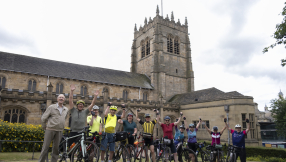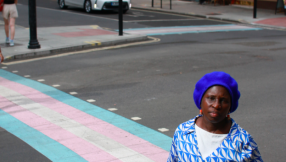To Anglo-Saxon prayers, 3,000 skeletons return home
Experts exhumed the corpses from St Peter's Church in Barton in Lincolnshire between 1978 and 1984 before using them in research including into the history of diseases such as arthritis.
They will not be reburied but simply rehoused in a dedicated ossuary -- or bone repository -- within the church, which predates the Norman conquest of 1066. The bodies date from the time of the church's building through to the mid-19th century.
The rededication ceremony would be based around the first English-language prayer book of 1549, but the Lord's prayer will be said in Anglo-Saxon, which provides much of the basis for modern English but died out in its original form after 1066.
"This will be a unique occasion, fully respecting the fact that the bones represent the mortal remains of the past inhabitants of Barton," said Father David Rowett before conducting the rededication on Friday evening.
"The town is a small place with a real continuity to its population, so these are our ancestors who are returning home. It will be the first time in many centuries that this magnificent building has heard the language of those who first built it."
But scientists will still be able to access the skeletons, three of which will be on display including the oldest, possibly born in the reign of King Canute who ruled between 1016 and 1035.
"Storing the burials in the ossuary means they will be near their original resting place," said senior curator at English Heritage Kevin Booth.
"But it will also permit continued access to one of Europe's most important collection of bones... we have never forgotten that the remains were once people and have always treated them with the utmost respect."













